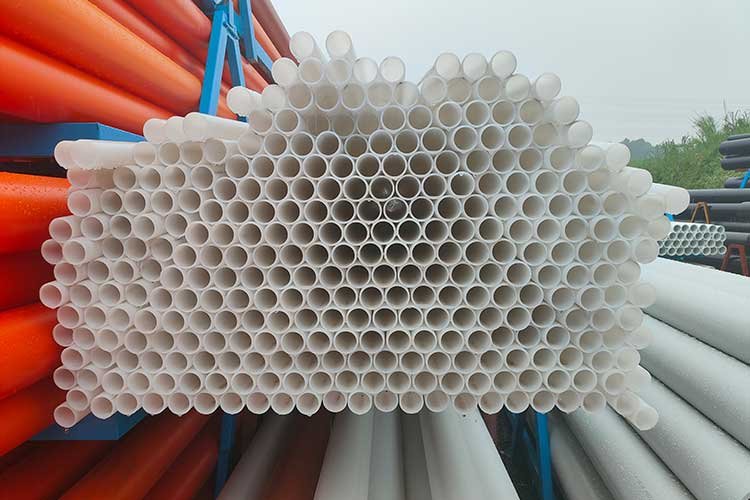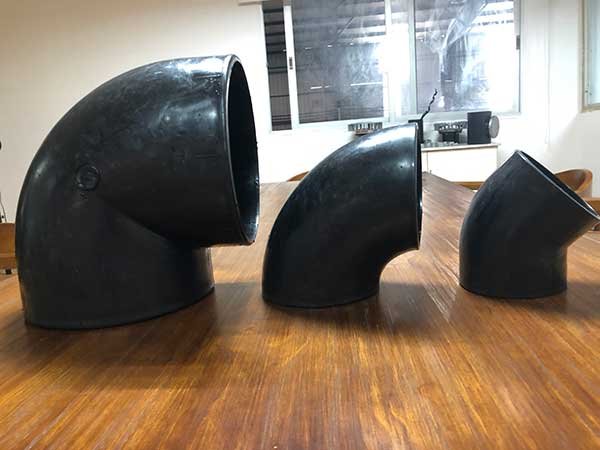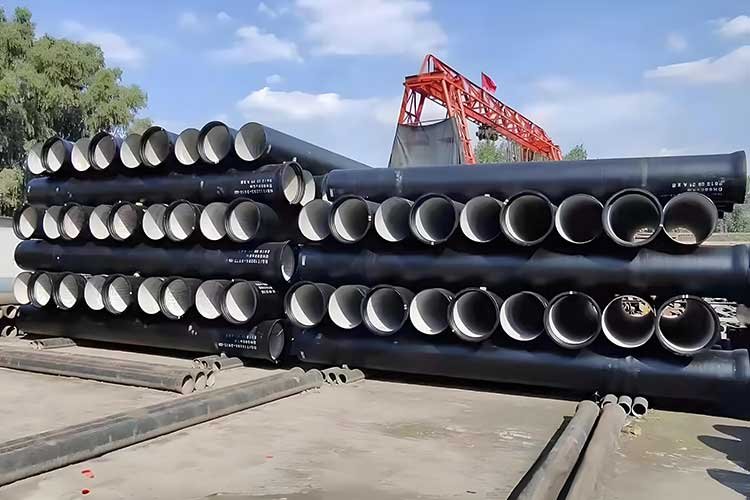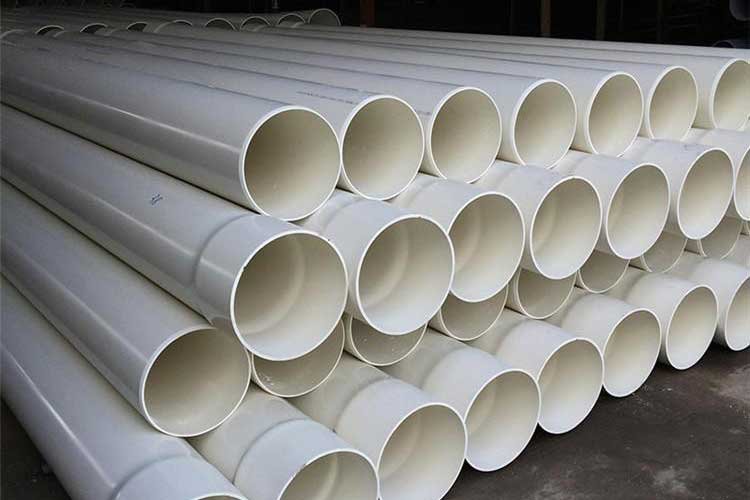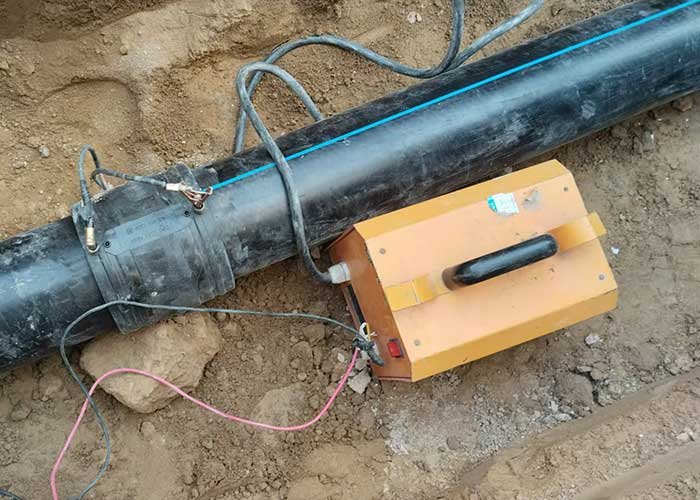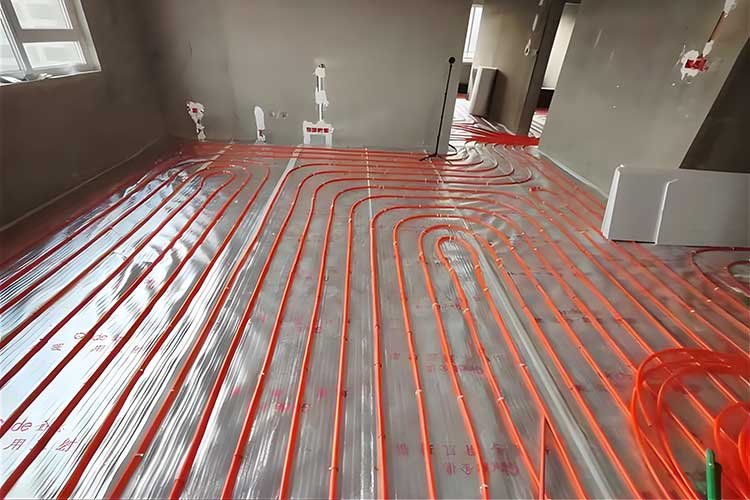Tuberías de riego
Irrigation pipes are an indispensable part of modern agricultural irrigation systems. Their design and material selection directly affect the irrigation effect and resource utilization efficiency.
Envíe su consulta hoy mismo
Irrigation Pipe Supply
Irrigation pipes are specially designed pipes used in agricultural irrigation systems to efficiently transport water from the water source to the root zone of crops. Pipeline systems are essential for optimizing water resource utilization, increasing crop yields, and achieving precision agriculture. Irrigation pipes must not only adapt to different terrain and soil conditions, but also consider the uniformity of water flow, minimization of pressure loss, and durability and ease of maintenance of the system.
Irrigation Pipe Main Features
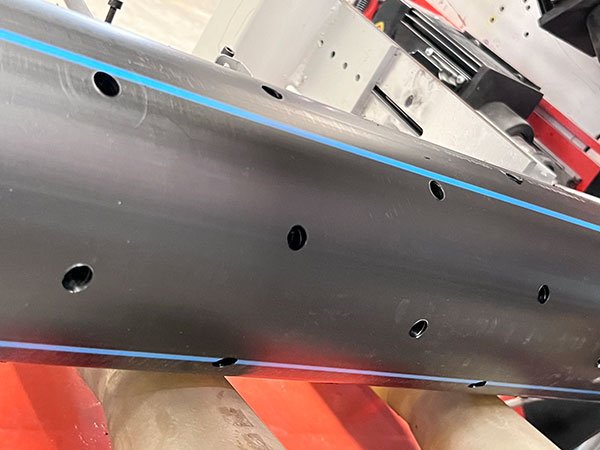
Irrigation Pipe Material Selection
Common irrigation pipe materials include:
Polietileno (PE): Widely used in modern irrigation systems due to its good flexibility, corrosion resistance and economy.
High-density polyethylene (HDPE): With higher strength and rigidity, it is suitable for irrigation projects with more stringent requirements.
Polyvinyl chloride (PVC): Cost-effective, easy to install, suitable for fixed irrigation systems.
Aluminum or steel pipes: Although heavier and more expensive, they are still selected in some special cases (such as when extremely high pressure resistance is required).
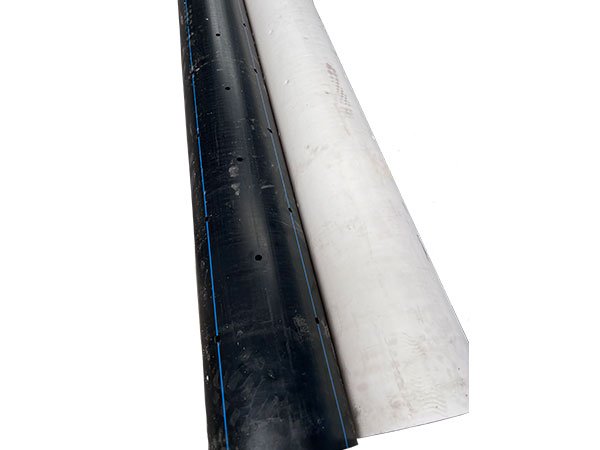
Aplicaciones de JUNTONG Tuberías de riego
Drip irrigation system: Supply water slowly and precisely to the roots of plants through the drippers on the pipes, saving water and improving irrigation efficiency.
Sprinkler irrigation system: Use sprinkler heads to disperse water into fine droplets and spray them onto crops, simulating the natural rainfall process.
Micro sprinkler irrigation system: an irrigation method between drip irrigation and sprinkler irrigation, suitable for economic crops such as fruit trees and flowers.
Underground irrigation system: Pipes are buried underground to supply water directly to the root zone of crops, reducing evaporation losses, and is particularly suitable for arid areas.
Artículos relacionados
Comprender el PP: propiedades, aplicaciones y ventajas
Si busca un plástico fuerte y resistente, no dude en probar el PP. Este plástico...
La guía definitiva para el codo de tubería HDPE
Los codos de tubería HDPE desempeñan un papel crucial en los accesorios de suministro de agua,...
Explorar las tuberías de desagüe, los distintos accesorios y los métodos de conexión
Desbordamiento de agua o desagüe de recipientes y equipos como depósitos de almacenamiento de agua potable,...
Explore los tubos de cloruro de polivinilo: Características, aplicaciones y ventajas
La tubería de PVC, o tubería de cloruro de polivinilo, es un sistema de tuberías de plástico...
fusión eléctrica de tuberías y fusión en caliente: diferencia y aplicación
Las tuberías son esenciales para las instalaciones de tuberías industriales. El PE (polietileno) se utiliza ampliamente en tuberías de agua...
¿Qué es un tubo PE-RT?
A continuación presentamos en detalle sus principales características, ámbitos de aplicación y diferencias: ¿Qué...
